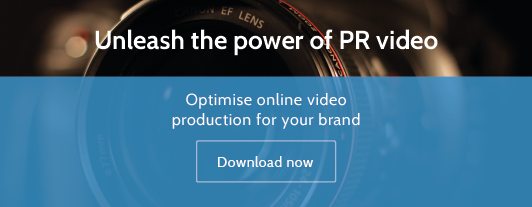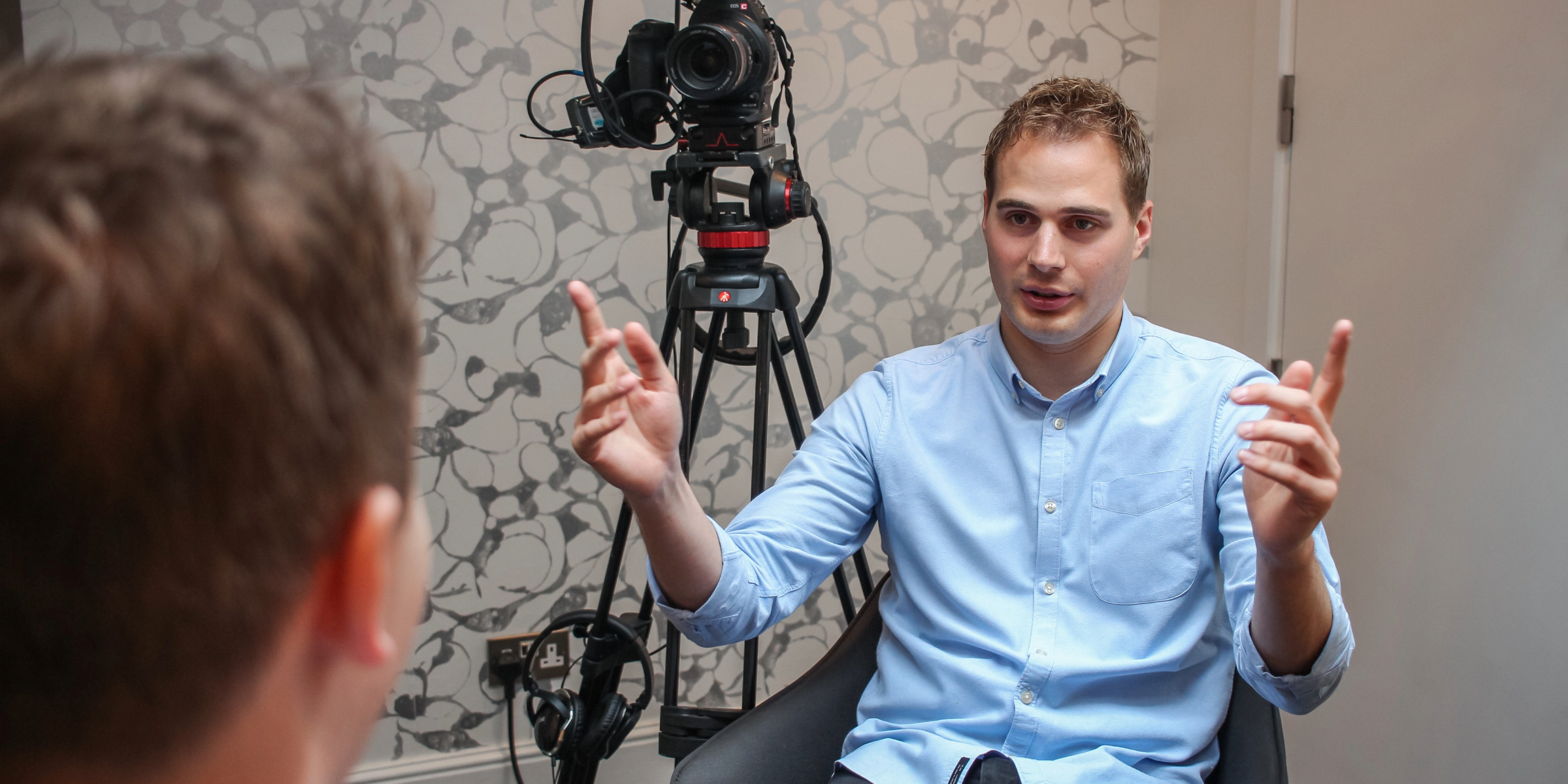If you’re new to the PR video game and don’t have a clue where to begin, don’t fret. We’ve highlighted the first five steps you need to take to ensure your first PR video is a success…
Step one: Set your budget
First of all it’s a good idea to confirm how much you’ve got to spend – this will help establish the production values of your video. If you want a professionally shot video, then speak to your production company about your budget as they will be able to advise you as to what you can realistically expect for the money that you have, and talk you through any technical requirements. If you are planning on self-shooting, then be realistic about the amount of filming and editing time you will need – it’s better to assume too much and have some contingency time left over, rather than run out of time and not have enough content to produce your video. Often it’s what you do in editing that can have the greatest effect.
Step two: Start video pre-production
A good brief is essential – the idea of making a video can be really exciting and you might be tempted to rush in to filming, but pre-production is hugely important, and if you don’t plan things properly, you might not end up getting the video that you want. When you start writing your brief there are four key things to consider: video goal, target audience, your key messages and a call to action. Once you’ve identified these, you can use them to help you shape the content, style and tone of your video.
Get more advice on creating branded video – take a look at our top tips for branded video as part of PRWeek’s Ideas Lab.
Step three: Consider style and tone
The style of your video should ultimately help you to reach your video goal, but ideas to consider might include animation, drama, illustrated interview, presenter-led, voice-over and many more. Try to maximise any existing assets you may have – archive film, celebrity ambassadors, music tracks, etc are all things that your firm may already have that you can use to enhance your PR video.
For more help with style and tone, take a look at our blog post on 5 big video production trends for 2014.
Step four: Source spokespeople
Think in detail about who you want to include as spokespeople in your video. The CEO might be a great choice for a more traditional corporate film, but if you wanted to promote something for a youth market, a younger spokesperson will probably be a better option. Make sure your chosen spokesperson is both willing and available. If they can only spare you twenty minutes, they might end up rushing and you won’t get the results you want, and if they’re not keen on doing the video then don’t make them – it will be obvious once they get in front of the camera that they don’t want to be there, and that can make awkward viewing. You may decide no spokespeople – just a voiceover instead – is a better option.
Step five: Scope out a location
Consider where you want to film your PR video. It might be that the content dictates the location, but if not, make sure your chosen place for filming is appropriate. Think about light, space and noise – your production company will usually do a recce for you to check that the location is going to work and flag up any issues in advance of the filming. If you’re choosing to film outside consider the weather and the impact it might have. Blazing sunshine might seem like the best conditions to be outside in, but most camera operators would rather film on a cloudy day. And bear in mind you may need to rain check if the weather is bad, so build in some contingency for this.
Making a video can seem overwhelming, but like anything in life, if you’re properly prepared you’re much more likely to get a finished product that you’re happy with.
For more information on using video effectively for your brand, download our free video production guide with expert advise on maximising PR video coverage for your brand.




